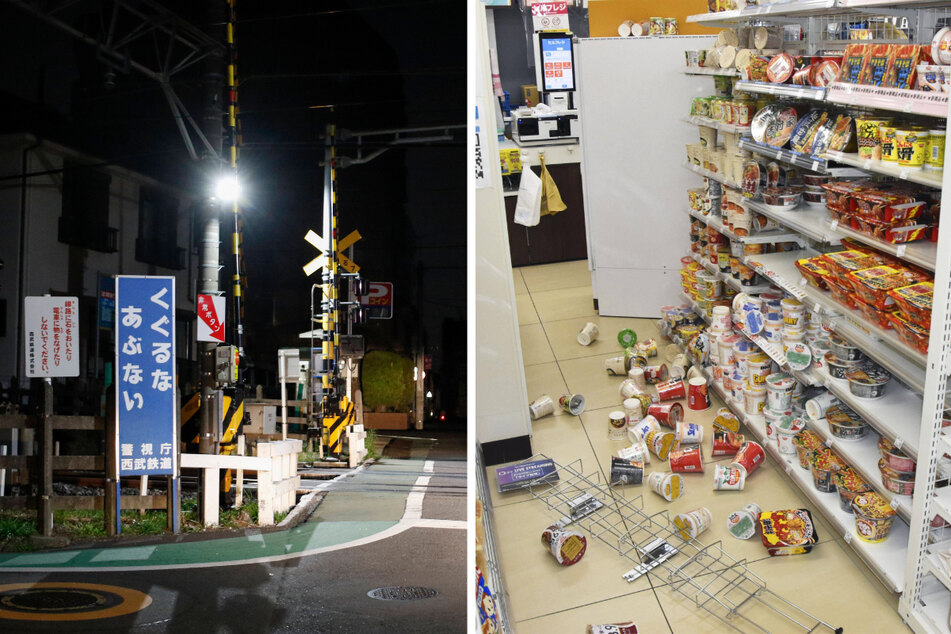Huge earthquake hits Japan and triggers tsunami warning
Namie, Japan - A strong earthquake shook the Japanese region of Fukushima late on Wednesday, prompting the Meteorological Agency to issue a tsunami warning for Fukushima and Miyagi and reawakening memories of the 2011 nuclear disaster.

The quake has killed at least one person and injured at least 88 more while leaving more than two million households in Japan without electricity, according to early reports.
The region is home to the Fukushima Daiichi nuclear power plant, which went into meltdown after a tsunami in 2011, an event that still weighs on Japan and has left much of the surrounding region abandoned to this day.
Although it initially reported some failures in the pumps used to keep radioactive elements under water, plant operator TEPCO later reported "no abnormalities" and said it had seen "no significant fluctuations."
However, the earthquake derailed a Shinkansen high-speed train. Local media reported that the approximately 100 passengers on board at the time were uninjured.
The strong and long-lasting quake - which the US Geological Survey measured at magnitude 7.3 just after 11:36 PM local time and located its epicenter about 20.5 miles below the sea and 35 miles off the coast of the town of Namie in the Fukushima prefecture - was also felt in Tokyo, some 186 miles away. By 3 AM local time, electricity had been restored to most of the Tokyo area, NHK reported.
According to Marco Bohnhoff, a seismologist with the German Research Centre for Geosciences, "by Japanese standards, it was medium-sized."
The weather authority warned of a tidal wave up to three feet high, but, early on Thursday, the warning was lifted.
The 2011 quake killed around 20,000 people

The quake hit almost 11 years to the day after the region in the northeast of the Asian island nation was devastated by a magnitude-9 earthquake and a massive tsunami triggered by it.
The severe quake brought back memories of that devastating catastrophe on March 11, 2011, when a gigantic tsunami reared up on the Pacific coast and slammed over huge swathes of land: towns, villages and huge areas of cultivated land were submerged under the masses of water and mud. Around 20,000 people were killed by the flood.
A so-called "beyond-design-basis event" occurred at the Fukushima Daiichi nuclear power plant, meaning that the plant had not been designed to withstand a combined earthquake and tsunami of that magnitude. The plant withstood the earthquake, but the tsunami breached its seawalls.
Even though none of the deaths at the time were attributed to radiation, the breach of the plant alarmed nuclear plant operators around the world.
Japan is one of the most earthquake-prone countries in the world.
UPDATE, March 17, 9:30 AM: Death toll raised to four
At least four people were killed and more than 200 were injured, broadcaster NHK reported Thursday.
There is still a chance of aftershocks occurring after, but for now, the situation looks stable.
Cover photo: IMAGO/ZUMA Wire
